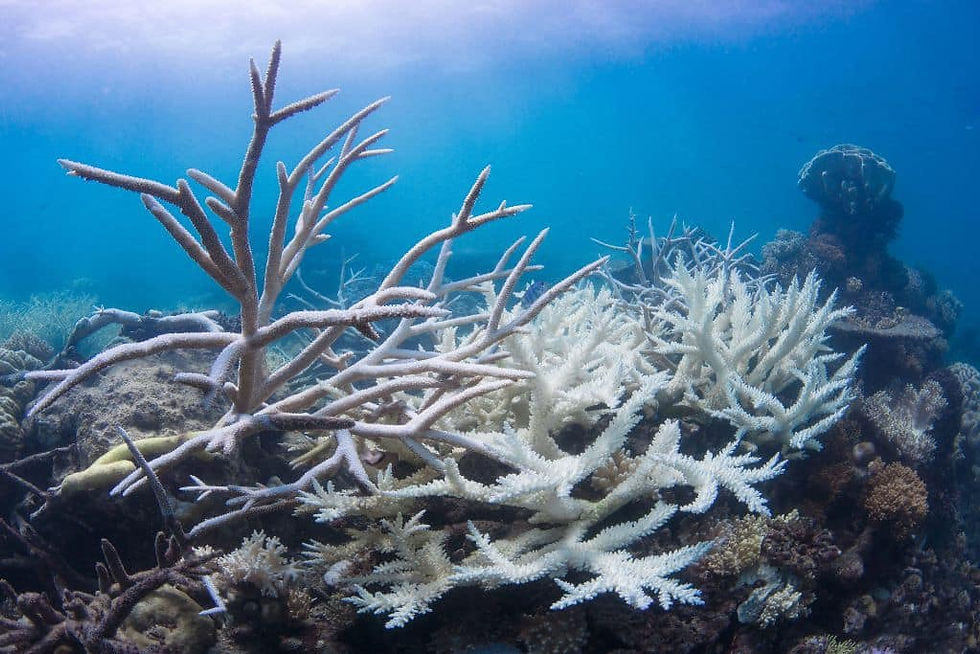Western Indian Ocean Region Has Designated 550,000 Sq Km as Protected
- Constant Tedder
- Jul 27, 2021
- 2 min read
The Western Indian Ocean region has given protected status to 143 marine and coastal areas, covering a total area of 553,163 sq km. This accounts for 7% of the region’s total Exclusive Economic Zone (EEZ).
—
What is Happening?
This is according to a new publication by the UN Environment Programme (UNEP) and the Western Indian Ocean Marine Science Association. The publication details that an estimated 63% of the overall square kilometres was brought under protection since 2015, when Sustainable Development Goal (SDG) 14.5 was adopted, which commits countries to conserving at least 10% of their marine and coastal areas by 2020.
The report looks at the Marine Protected Areas (MPAs) in Comoros, Kenya, France (in its Western Indian Ocean territories), Madagascar, Mauritius, Mozambique, Seychelles, South Africa and Tanzania.
In 2019, Seychelles brought 30% of its EEZ under protection, protecting the habitats of 2,600 species, while South Africa declared 20 new MPAs; both countries have now exceeded the 10% target.
Meanwhile, Comoros has developed new MPA-specific legislation and has declared over 300 Locally Managed Marine Areas- areas in which coastal communities manage conservation.
There are also dozens of proposed MPAs currently under consideration, which would cover at least an additional 50,000 sq km.
However, despite these developments, only 7% of the region’s total EEZ are under protection.
The report evaluated the management effectiveness of MPAs and found that their frameworks and institutions don’t always function effectively. It also determined that relevant legislation is not consistently implemented due to financial or personnel capacity gaps and management decisions that are not guided by science.
Recommendations from the report include the need for dedicated budgets for MPA management, adopting proactive law enforcement and compliance strategies, incorporating research and monitoring programmes on biodiversity into decision-making in MPA and strengthening community engagement in marine protection.
The Western Indian Ocean provides economic benefits valued at USD$20.8 billion, as well as essential resources, like food and oxygen. However, humans are damaging and depleting it quicker than ever before; the region may soon no longer be able to count on the ocean to provide these essential resources. MPAs offer one of the best options to reverse these trends.
Yamkela Mngxe, Acting Director of Integrated Projects and International Coordination in South Africa’s Department of Forestry, Fisheries and the Environment, says: “A well-managed MPA can bring significant economic, social, and environmental benefits to a country. They can increase food security by preventing the overexploitation of fish stocks; create and protect jobs in the tourism and fisheries sectors; build resilience to climate change; and protect species and habitats.”
You might also like: ‘Dark’ Ships Off Argentina Ring Alarms Over Possible Illegal Fishing
Featured image by: Pixabay




Comments